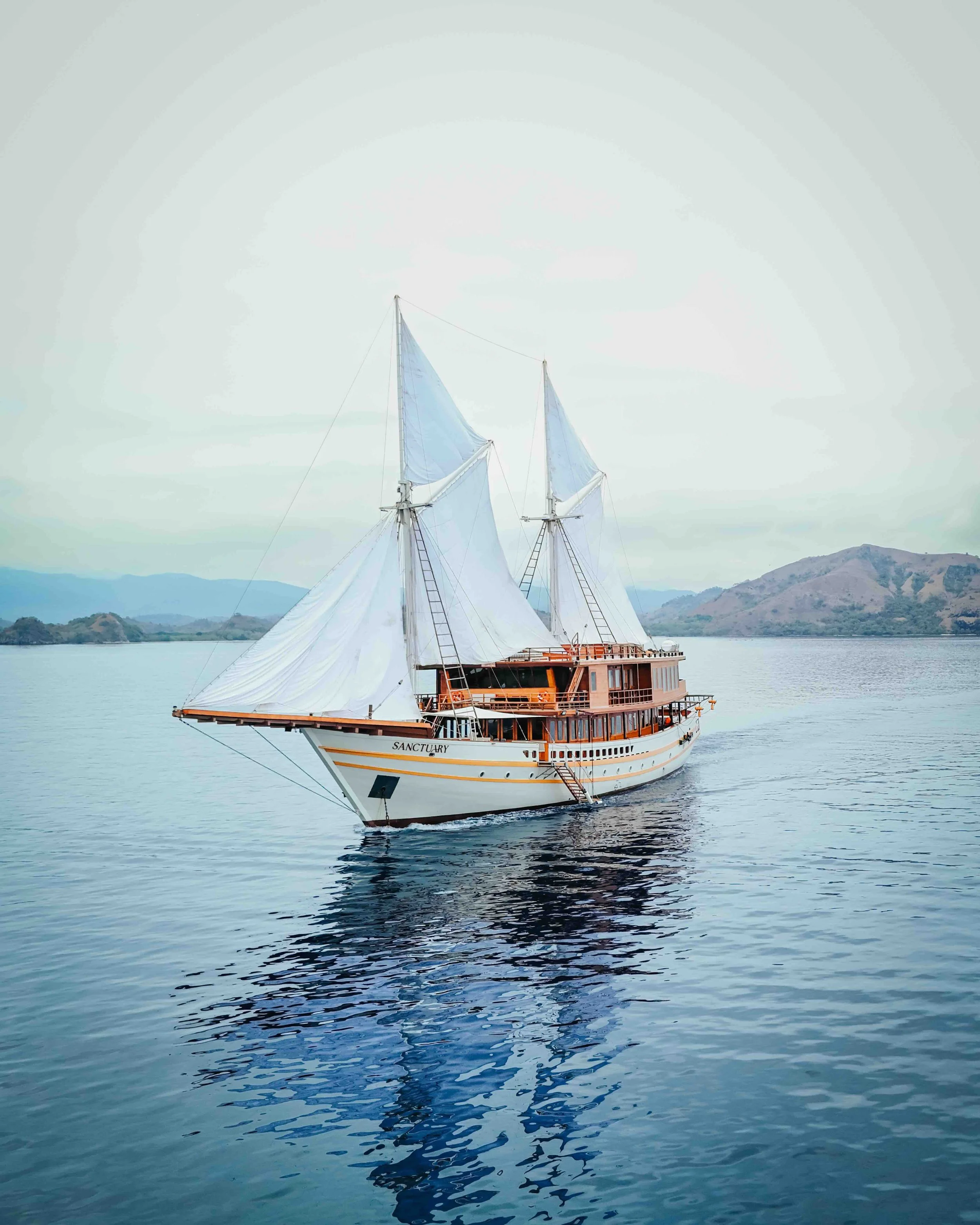
History of the Pinisi
The term "Pinisi" refers to the unique rigging system used on traditional Indonesian sailing vessels, consisting of seven to eight sails arranged on two masts. Unlike Western ships, where the sails are raised using spars, the Pinisi sails are pulled out along the fixed gaffs like curtains. This type of rig is called a gaff-ketch, where the largest sails are attached to the gaffs, giving the Pinisi its distinctive look. The word "Pinisi" originally referred to the rigging style and not the hull shape, which is typically referred to by the local term "Palari" or "Lambo" in the region. The Pinisi rig was developed by the Konjo-speaking people of Ara in South Sulawesi and was historically used as a cargo vessel by seafarers from the Bugis and Makassar cultures.
Over time, the Pinisi rig evolved and became the largest type of Indonesian sailing vessel before the introduction of motorized ships in the 1970s and 80s. The Pinisi's reputation as a reliable and sturdy sailing ship earned it a place in UNESCO's Representative List of the Intangible Cultural Heritage of Humanity in 2017. The earliest documented reference to the Pinisi was in 1917, where it was described as a small schooner with European-style sails. Although the term "Pinisi" itself did not appear in ancient manuscripts, many local myths and legends in South Sulawesi attribute its creation to the shipbuilding skills passed down by mythical ancestors. Today, Pinisi ships, now often motorized, remain a symbol of Indonesia’s rich maritime history and continue to be used for tourism and cargo transport, preserving the ancient craft of boatbuilding for future generations.
